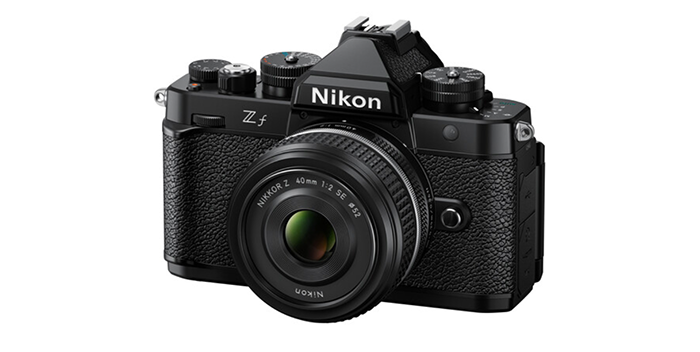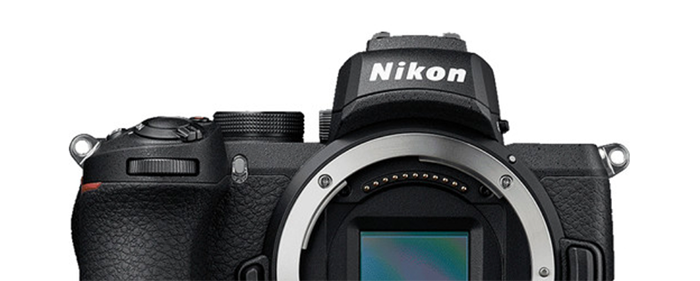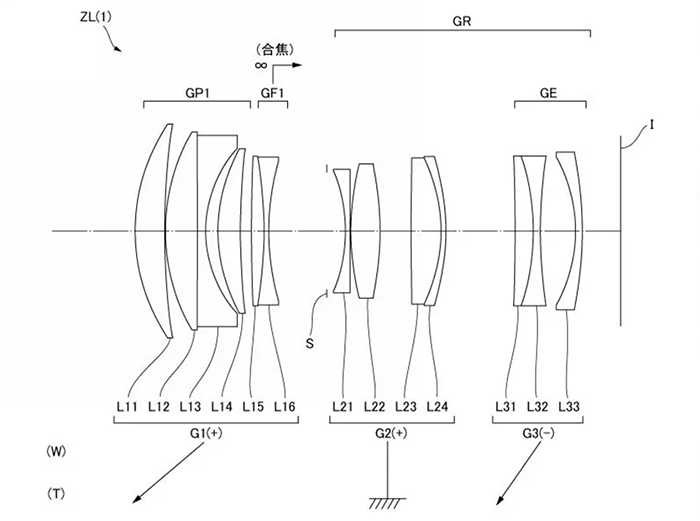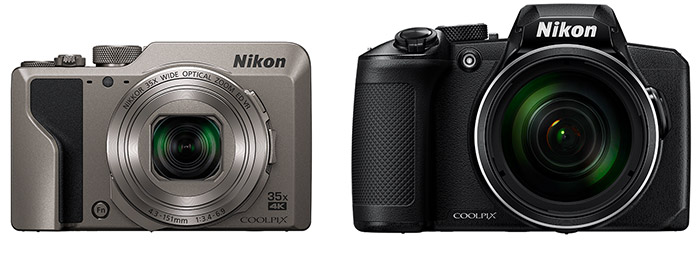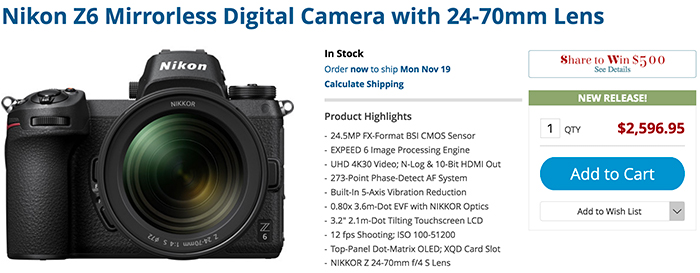Notice about compatibility for Nikon Z6 with Tamron lenses for Nikon mount
Press text:
Dear users and potential purchasers of Tamron interchangeable lenses.
Thank you for using Tamron products and for your continuous support.
We would like to announce that we have clarified compatibility for general operations (*1) of the following Tamron Di & Di II lenses with the latest version of lens firmware (*2) when used with the Nikon Z6 and Nikon mount adapter FTZ.
*1 Defined to work on existing DSLR cameras
*2 Firmware for Nikon Z7 (announced on November 16th and 22nd, 2018)
-
Compatible models for general operations
SP 15-30mm F/2.8 Di VC USD G2 (Model A041) for Nikon
SP 24-70mm F/2.8 Di VC USD G2 (Model A032) for Nikon
18-400mm F/3.5-6.3 Di II VC HLD (Model B028) for Nikon
SP 70-200mm F/2.8 Di VC USD G2 (Model A025) for Nikon
SP 150-600mm F/5-6.3 Di VC USD G2 (Model A022) for Nikon
17-35mm F/2.8-4 Di OSD (Model A037) for Nikon
The lens firmware can be updated with the separately sold TAP-in Console.
If you do not have a TAP-in Console, please contact your nearest Tamron distributors.
For a list of Tamron distributors, click here. -
Lens Update Service Information
-
How to Update
-
For other models, once we confirm the compatibility with Nikon Z7 and FTZ adapter, we will announce the models sequentially at our support website.
We are sorry to keep you waiting, and also ask for your understanding of the situation.
Life+Guard announced the new protection skin for the Nikon Z7 and Z6 cameras
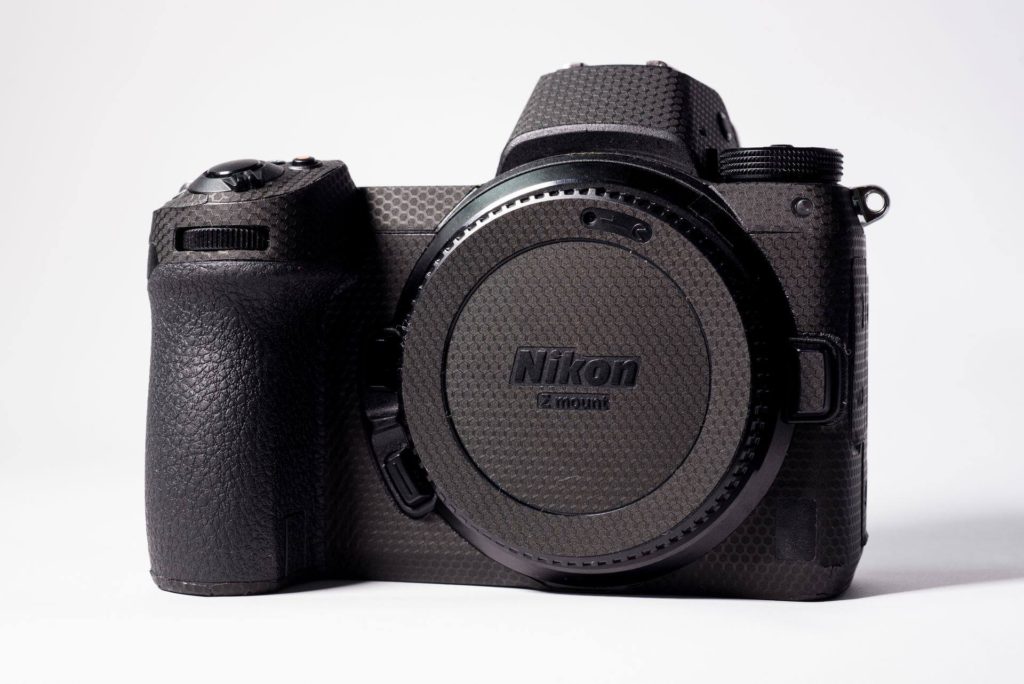
Life+Guard officially announced the new protection skin for the Nikon Z7-Z6 cameras. Here are all pics:
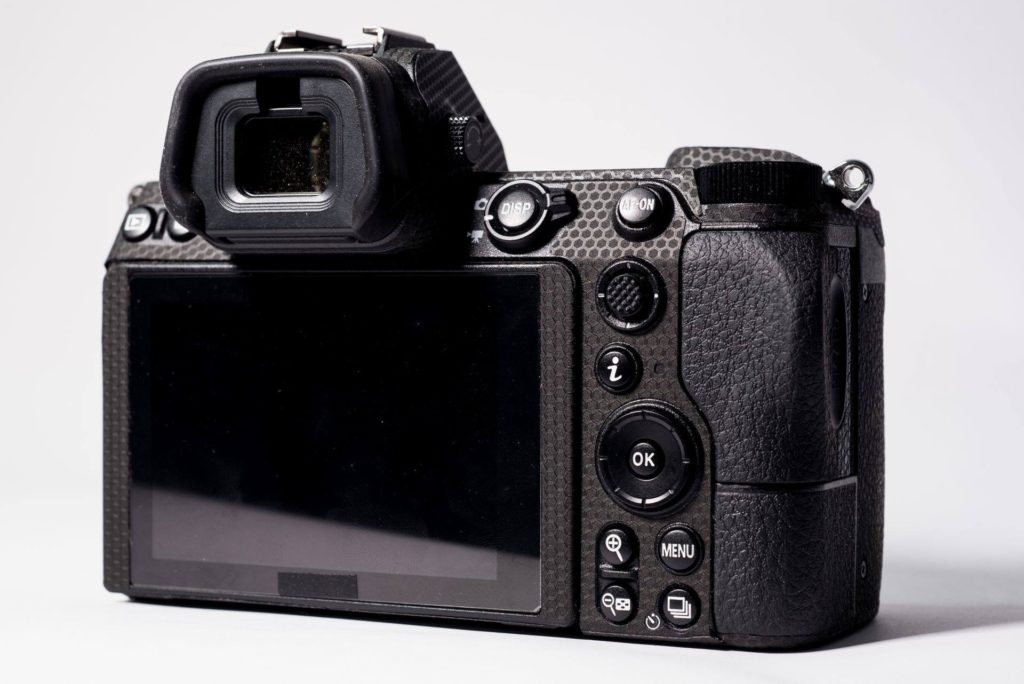
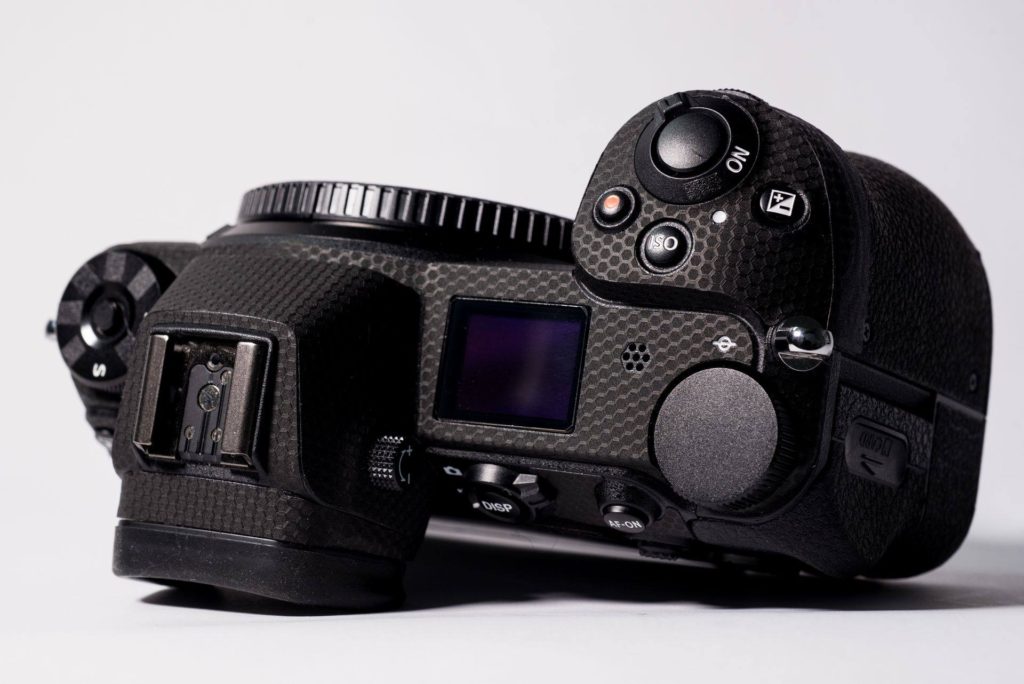
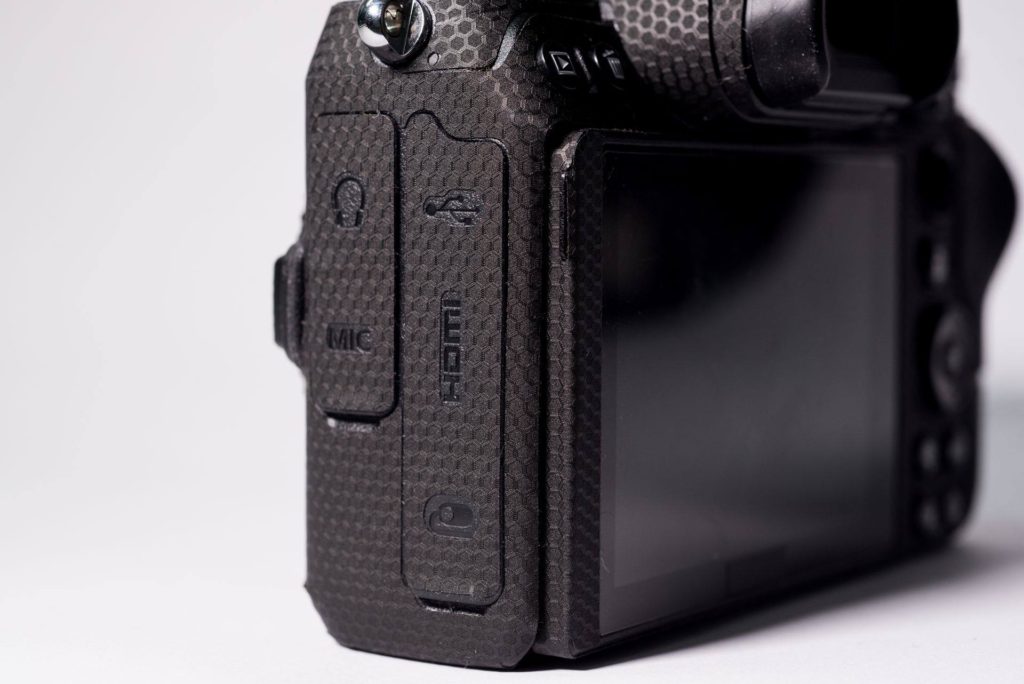
Nikon Z6 Review at Dpreview: “Nikon has a winner in the Z6”
Dpreview posted the full Nikon Z6 review. The conclusion:
The Nikon Z6 is a well-built full-frame mirrorless camera that produces excellent stills and 4K video. Autofocus is reliable most of the time, including during burst shooting, though selecting a subject on which to track is clumsy. The camera’s built-in image stabilization works well on native and ‘classic’ Nikon glass. Battery life isn’t class-leading, and some improvements related to manual focus in video should be addressed, but overall Nikon has a winner in the Z6.
Ming Thein: Long term thoughts on the Nikon Z7 and system
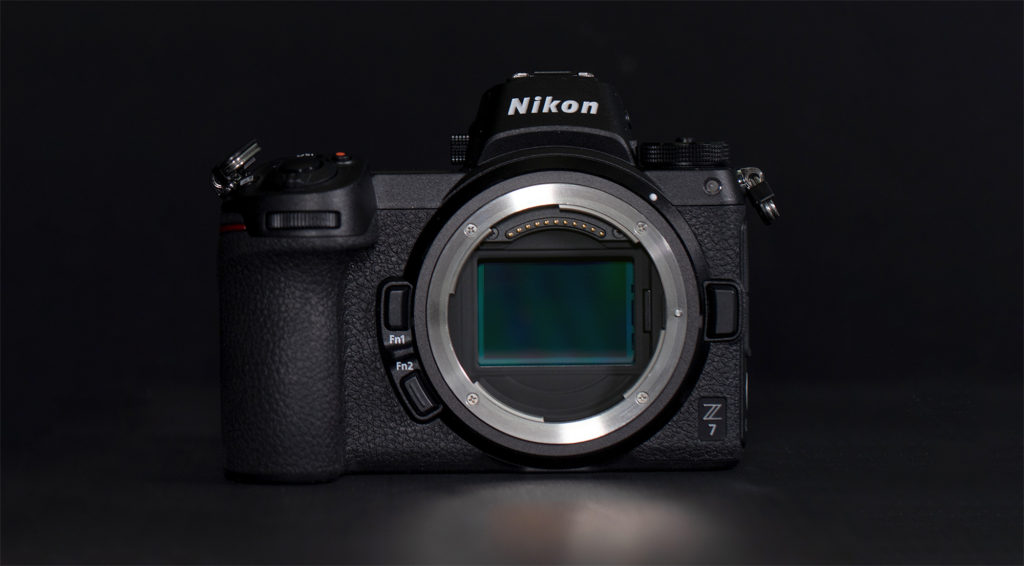
Ming Thein shared his Long term thoughts on the Nikon Z7 and system:
We might as well start with the good, I suppose:
- Image quality: every bit as good as the D850 in practice, and perhaps slightly better. The tonal response is not the same especially at the highlight end, and yes, if you are an idiot and decide to shoot 5 stops under and push all the time – then you will see noise.
- For the first time the JPEG engine in a Nikon is not just usable, but really good. It’d probably be as good as Olympus if we could edit the curves. As it is, what we give up on curve control we gain in highlight rolloff and sharpening precision. And the quality priority JPEGs are so low compression that there are almost no visible artefacts.
- The size and form factor: it’s large enough to balance well with legacy F mount glass, but with smaller lenses – either the kit zoom or something smaller and adapted – it’s really a pleasure to carry.
- Battery life is phenomenal for mirrorless. At least for the way I shoot; I’ve seen up to 1500 frames on one charge, and again: I don’t machine gun. It’s not as good as the D850, which will get 2500 or so under similar conditions, but this is enough that a single battery gets me through a day. The only other mirrorless camera that can do this is the Olympus E-M1.2.
- The sensor is very exposed, and gets dusty faster than other designs – but, the sensor cleaning is effective.
- Stabilisation is about as effective as Olympus system before the E-M1.2, which is to say very good indeed.
- The top deck OLED is not just useful, but always visible.
- I’ve changed my mind about USB-C: it’s handy for charging and file transfer, especially for Apple users. I can charge my camera and transfer files without having to carry another reader or charger – just use the same thing I use for my laptop. However, there are some catches (see Missed opportunities).
- The weather sealing is excellent. I’ve shot with it in some really unpleasant scenarios and it never missed a beat – ditto the fluorine coating on the finder and lens front element; it’s really easy to clean.
- Those U1-2-3 settings are rather handy…
- Overall: it just works. It behaves as you’d expect, when you’d expect, with no surprises or glitches. In short: it works the way you’d expect from a Nikon, and inspires confidence.
The not so good
- Tracking AF could use work, as could face detect. But I suspect this is mostly because we lack the lock-on behaviour options that the D850 and co have; even these cameras require tuning for your specific subject for optimal performance.
- The ergonomics in places are a bit messed up. The AF joystick is still too low and not in an intuitive position, and the mode switch/display button is in too critical a position for something so unimportant. I’d have swapped it with the AF joystick. The exposure compensation button is impossible to reach, and I suspect only placed there for consistency with other models. Fortunately there’s quick adjustment using the unused dial in PSA modes, so we’re ok in practice.
- I think there’s one customisable button missing, for AF modes. By the time you set up everything else, you’re one button short. Perhaps one of the other buttons on the top deck should be programmable.
- Overall, with the options being as extensive as they are, the menu system really needs an overhaul, and cryptic settings renaming – or at least a better explanation with the ‘?’ key.
- Some battery drain is present with the camera off. It’s not bad, but higher than previously for a Nikon; be aware that if you let the camera sit for a week or two without use, don’t assume it’s still fully charged. We’ve also lost the detailed battery status screen, so there’s no way to tell the age of a battery and exact % charge without putting it in another camera. Fortunately, the five segment display seems to be linear.
- Wireless protocol implementation is a mess. The UI is not intuitive nor is the connection fast or easy to activate. Too bad, as wireless tethering was exciting…until it proved to waste more time than just ejecting the card and transferring.
- No more protect key, it’s buried in…a menu.
- The 24-70 displays pronounced field curvature at distance; one has to be very careful with this because whilst your centre might look great, your corners will need help (or stopping down). I suppose there has to have been some compromise somewhere for that price and size.
- It seems the sensor cover glass is thick enough to not play so nicely with non-telecentric wides: the edges of most M mount lenses under 35mm aren’t pretty, even known ‘good’ lenses for native M. Looks like we’ll have to wait for the native AF solutions, and hope that some of the promised size savings carry through. Teles are great though.
- Ergonomics on the FTZ adaptor are a bit clunky: that tripod mount ‘bulge’ can sometimes get in the way of comfort. Would be nice to have a square edge on at least one side for making an anti-rotation L bracket, though. Or better yet, an Olympus Pen-F-style grip pinky extension-cum-Arca bracket.
Missed opportunities:
- The top deck OLED doesn’t show other settings, e.g. when you have a shortcut button pressed and say WB options visible, they only show on the rear screen and then at the lowest (not variable) brightness – it’s impossible to see in bright sunlight.
- The touchscreen can’t be used as an AF trackpad, and the joystick isn’t really that fast to use in practice.
- USB-C file transfer requires separate software, rather than just appearing as a storage device. There is no way to set this.
- We have wireless transmission over bluetooth and wifi…but no inbuilt compatibility for Nikon’s own wireless radio-triggered flashes. Missed opportunity, or accessory gouging?

